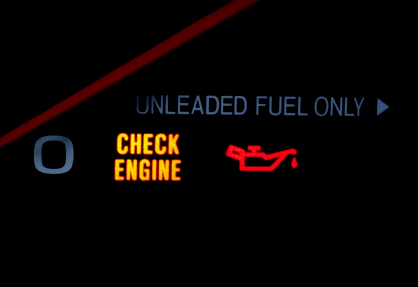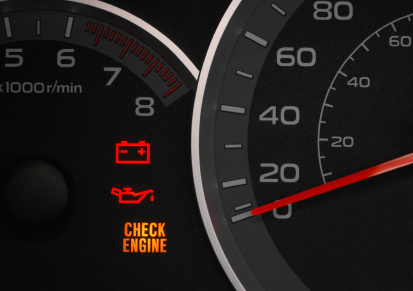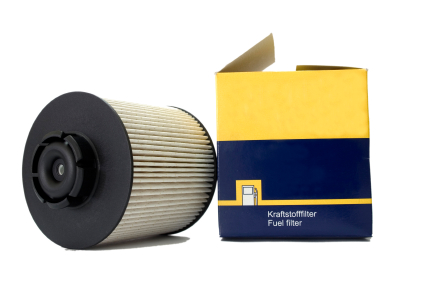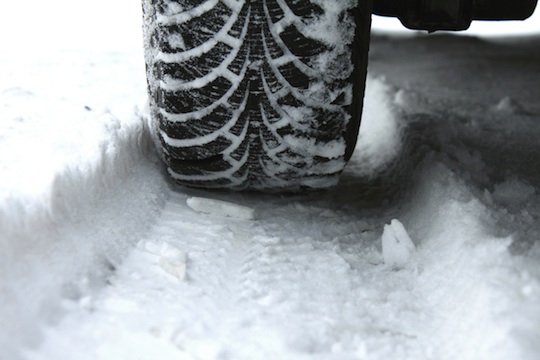Emissions testing is required in most states in order to make sure that the combustion by-products of a car are under the state level. The by-products contribute to air pollution and may contribute to a large number of diseases in up to a third of the population. Most states require emissions testing annually or every other year, usually in metropolitan areas. Check your state’s website for the emission testing guidelines for your state.
The check engine light comes on when there is a problem with the engine, which could range from something relatively harmless like a loose gas cap to a major issue with an electronic component. While the check engine light is on, your car may be trying to compensate and you may notice a major difference. However, the fuel mileage may worsen as a result and the engine may be releasing large amount of emissions. You do not need to pull over immediately if you are on the road and the light is flashing, but it does mean that you will need to fix your car as soon as possible. Your check engine light and emissions testing go hand in hand.
If the check engine light is on, your car will always fail the emission test. Take it to a mechanic instead to fix the underlying problem, and then go through emissions testing. If your car was made after 1996, then there is no way to trick the system because the onboard diagnostics (OBD) system will keep the error in its system for a few hundred miles. An auto technician would be simply be able to scan for the error code.
If your emissions test is coming up soon and your check engine light is on, use TalkLocal for free to find a qualified mechanic to find and fix the problem with your engine immediately! Don’t risk failing the emissions test; fill out a service request on TalkLocal’s website now!











